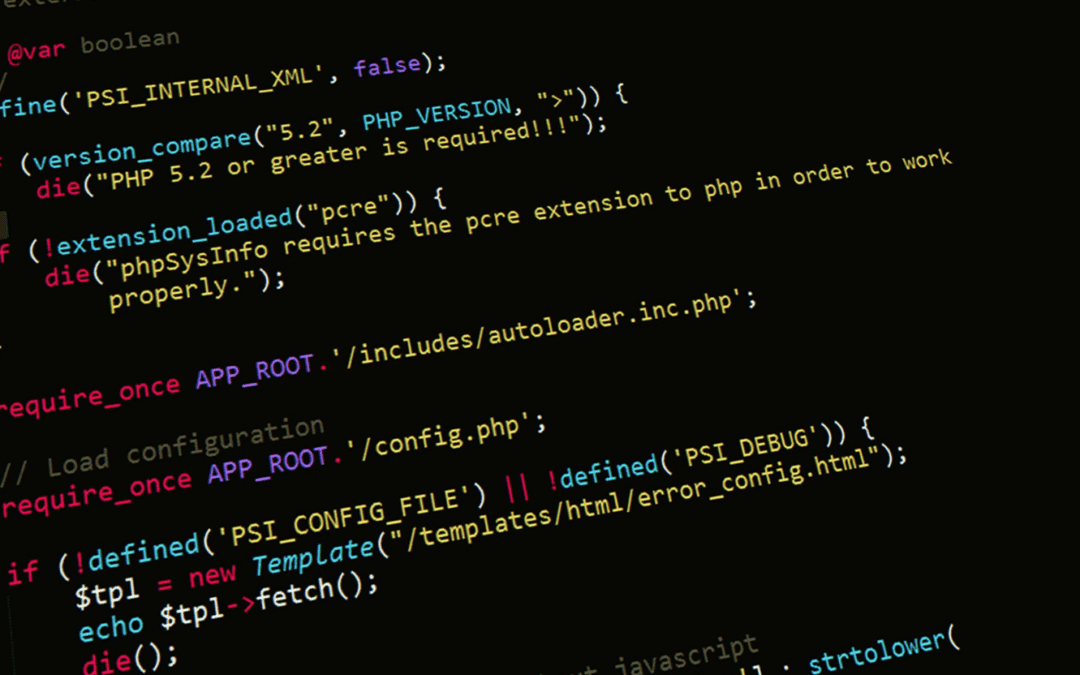Why Learn PHP?
PHP is a widely-used, open-source scripting language that has been designed specifically for web development. It offers a range of benefits over its competitors, such as Microsoft’s ASP, including:
- Easy integration with popular databases like MySQL and PostgreSQL
- Large community support and extensive documentation
- Cross-platform compatibility, allowing developers to work on various operating systems
- High performance and scalability
With these advantages, PHP has become a popular choice for web developers worldwide, making it a valuable skill for anyone in the industry.
Setting Up Your PHP Environment
To get started with PHP, you will need a few essential tools:
- A text editor or Integrated Development Environment (IDE) for writing and editing PHP code
- A web server with PHP support, such as Apache or Nginx
- A web browser to view and test your PHP-enabled pages
You can either set up a local development environment on your computer or use an online platform that offers all required tools, such as W3Schools’ PHP Tryit editor.
Creating Your First PHP-Enabled Web Page
Once your environment is set up, you can create a PHP-enabled web page by following these steps:
- Open your text editor or IDE and create a new file with a
.phpextension, such asindex.php. - Add the following code to your file:
<!DOCTYPE html>
<html>
<body>
<?php
echo "Welcome to PHP!";
?>
</body>
</html>
- Save the file and upload it to your web server or run it locally using a web server like Apache or Nginx.
- Open your web browser and navigate to the location of your PHP file (e.g.,
http://localhost/index.phporhttp://yourdomain.com/index.php).
You should see the message “Welcome to PHP!” displayed in your browser.
PHP Syntax and Basic Concepts
PHP scripts are embedded within HTML documents using the <?php opening tag and the ?> closing tag. The PHP code can be placed anywhere in the HTML document, allowing for a seamless integration of PHP and HTML.
Variables
In PHP, variables are used to store data and are defined with a $ symbol followed by the variable name. Variable names are case-sensitive and must begin with a letter or an underscore. Here’s an example of declaring a variable and assigning a value to it:
<?php
$greeting = "Hello, World!";
echo $greeting;
?>
Data Types
PHP supports several data types, including:
- Scalars: These are single-value data types, such as strings, integers, floats, and booleans.
- Compound: These are data types that can hold multiple values, such as arrays and objects.
- Special: These are unique data types, like resources and NULL.
Control Structures
Control structures are used to control the flow of your PHP code. Some common control structures include:
- Conditional statements:
if,elseif,else, andswitch - Looping statements:
while,do-while,for, andforeach
Working with Forms and User Input
PHP can handle web forms and user input, allowing you to create dynamic web applications that interact with users. To process user input, you will need to use the $_GET and $_POST superglobals, which are built-in variables in PHP that provide access to form data.
GET vs. POST
There are two primary methods for submitting form data: GET and POST. The main differences between the two are:
- GET: Form data is appended to the URL and is visible in the browser’s address bar. It has a limit on the amount of data that can be sent and is not suitable for sensitive information.
- POST: Form data is sent in the HTTP request body and is not visible in the address bar. It has no limit on the amount of data that can be sent and is more secure than GET.
Handling Form Data
To process form data in PHP, follow these steps:
- Create an HTML form that includes input fields and a submit button.
- Set the forms
actionattribute to the PHP script that will process the form data (e.g.,process.php). - In the PHP script, use the
$_GETor$_POSTsuperglobals to access the submitted form data.
Here’s an example of a simple contact form that uses the POST method:
<!-- contact.html -->
<form action="process.php" method="post">
Name: <input type="text" name="name"><br>
Email: <input type="text" name="email"><br>
Message: <textarea name="message"></textarea><br>
<input type="submit" value="Submit">
</form>
// process.php
<?php
$name = $_POST['name'];
$email = $_POST['email'];
$message = $_POST['message'];
echo "Thank you, $name. We have received your message.";
?>
Advanced PHP Concepts
Once you have a solid understanding of PHP basics, you can explore more advanced concepts, such as:
- File handling and file uploads
- Sessions and cookies
- Error handling and exceptions
- Object-oriented programming
- Regular expressions
- PHP frameworks, like Laravel and Symfony
PHP Resources and Learning Tools
There are numerous resources available online to help you learn PHP, including:
- W3Schools PHP Tutorial: A comprehensive tutorial covering PHP basics and advanced concepts, along with interactive examples and exercises.
- PHP.net: The official PHP website, which includes extensive documentation, user-contributed notes, and the latest news and updates.
- PHP Tryit Editor: A web-based tool that allows you to edit and test PHP code in real-time.
- PHP Quiz Test: Test your PHP knowledge with quizzes and interactive exercises.
- PHP Examples: Learn by example with a wide range of PHP code snippets and practical use cases.
Conclusion
PHP is a powerful server scripting language that has become a crucial component of modern web development. By learning the basics of PHP and exploring its advanced features, you can create dynamic, interactive web applications that cater to a wide range of user needs. With the right resources and persistence, anyone can master PHP and embark on a rewarding career in web development. To view more of our blogs visit our website’s blog section.

